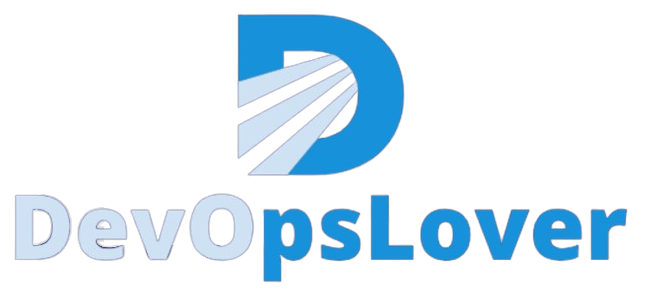Jenkins is an open-source automation server widely used for continuous integration and continuous delivery (CI/CD) of software projects. It allows developers to automate various tasks like building, testing and deploying their applications. Jenkins supports two primary types of pipeline syntax: scripted pipelines and declarative pipelines.
Jenkins Scripted Pipeline
1. Scripted Pipeline:
Scripted Pipeline provides a more flexible and programmable way to define your pipeline using the Groovy scripting language.
It allows you to write custom logic and manipulate the flow of your pipeline stages. Here’s a basic example of a scripted pipeline:
node {
stage('Build') {
echo 'Building...'
// Your build steps go here
}
stage('Test') {
echo 'Testing...'
// Your testing steps go here
}
stage('Deploy') {
echo 'Deploying...'
// Your deployment steps go here
}
}2. Declarative Pipeline:
Declarative Pipeline is designed to provide a more structured and opinionated way of defining pipelines. It uses a predefined syntax to describe the pipeline stages and their relationships. It is generally easier to read and understand, making it suitable for teams with varying levels of pipeline scripting expertise. Here’s a basic example of a declarative pipeline:
pipeline {
agent any
stages {
stage('Build') {
steps {
echo 'Building...'
// Your build steps go here
}
}
stage('Test') {
steps {
echo 'Testing...'
// Your testing steps go here
}
}
stage('Deploy') {
steps {
echo 'Deploying...'
// Your deployment steps go here
}
}
}
}Both pipeline types have their merits, and you can even mix them within the same Jenkinsfile if needed. It’s important to consider factors such as maintainability, readability, and the specific needs of your projects when deciding which pipeline syntax to use.
Scripted Pipeline and Declarative Pipeline are two different ways to define pipelines in Jenkins. Here’s a the key differences between the two pipline:
1. Syntax and Structure:
- Scripted Pipeline:
- Scripted Pipeline uses Groovy scripting language to define the pipeline. This gives you full control over the pipeline’s flow and allows you to write custom logic using Groovy constructs like loops, conditionals, and functions.
- The structure is more flexible and less opinionated. You need to define stages, steps, and other pipeline elements manually, which can lead to more complex scripts.
- Declarative Pipeline:
- Declarative Pipeline uses a structured DSL (Domain-Specific Language) that enforces a specific syntax. It’s designed to be more human-readable and easy to understand.
- The structure is more opinionated and predefined. You declare the stages and steps within those stages using a specific syntax, making it suitable for straightforward pipelines.
2. Readability:
- Scripted Pipeline:
- While it offers more flexibility, Scripted Pipeline scripts can become complex and harder to read, especially as the pipeline logic becomes more intricate.
- Declarative Pipeline:
- Declarative Pipeline is designed to be highly readable and less prone to errors. It’s a good choice for teams with varying levels of scripting expertise.
3. Error Checking:
- Scripted Pipeline:
- In Scripted Pipeline, you need to manually handle error checking and validation. If there are syntax errors or issues in the script, they might not be caught until the pipeline is executed.
- Declarative Pipeline:
- Declarative Pipeline includes built-in syntax validation, which can catch errors before the pipeline is executed. This can help prevent common mistakes and improve pipeline reliability.
4. Ease of Use:
- Scripted Pipeline:
- Scripted Pipeline is more suitable for users who are comfortable with Groovy scripting and want more control over the pipeline’s behavior.
- Declarative Pipeline:
- Declarative Pipeline is designed for simplicity and ease of use. It’s a good choice for teams that want to quickly set up pipelines without diving into advanced scripting.
5. Flexibility:
- Scripted Pipeline:
- Scripted Pipeline is more flexible and can accommodate complex workflows and unique requirements.
- Declarative Pipeline:
- Declarative Pipeline is less flexible but provides a standardized way to define pipelines that adheres to best practices. It’s well-suited for straightforward use cases.
6. Best Practices:
- Scripted Pipeline:
- While it offers more control, Scripted Pipeline might require more effort to maintain and adhere to best practices due to the greater flexibility.
- Declarative Pipeline:
- Declarative Pipeline promotes best practices by enforcing a predefined structure. This can help ensure consistent and maintainable pipeline definitions.
Hope you like this blog….
- Logic Building Assignments – 2025 - October 15, 2025
- Create Your First Ansible Playbook: Step-by-Step Guide - September 29, 2025
- Ansible Beginner’s Guide – What is Ansible & Step-by-Step IT Automation - September 9, 2025

